Japanese Automakers Desperate to Spackle Gaps in Their Lineup

With trucks and crossovers dominating more of the market every month, Japanese automakers are making every effort to bring in new models that will satisfy consumer demands. Soundly constructed economy vehicles have long been the cornerstone of most Japanese nameplates but, with reliability improving among many brands and fuel efficiency being less important to consumers, we’re seeing a shift in the Far East.
Everyone from Toyota, Mazda, Honda, and Nissan have all expressed plans to focus on light trucks this year. Some Japanese brands are even banking on the continued growth of the segment to stage their comeback. “I think SUV sales will continue growing even if gas prices rise,” Mitsubishi CEO Osamu Masuko explained, citing the consumer appeal of higher seating and overall sense of safety. “The SUV segment is increasing its market share worldwide, and this is where we have long been strong,” he said. “So, we will continue to make full use of this technology.”
Foreign exchange losses really hampered the profitability of Japanese companies over the last year. However, shrinking car sales only exacerbated the problem. Car sales in the United States fell 12 percent over the first four months of 2017, while light truck sales increased by 4.4 percent. The majority of those brands specifically cited those factors as detrimental to their financial wellbeing.
According to Automotive News, Toyota Executive Vice President Osamu Nagata promised more of what the market craves, after it announced a 30 percent dive in operating profits over the last fiscal year. “We have been increasing capacity for SUVs and pickups, and we will make full use of that to increase supply of light trucks,” he said.
After being crippled by costs associated with the Takata airbag recall a year earlier, Honda was one of the few companies that saw improved profitability. With the market already swooning over its CR-V, the brand seems keenly aware that it already has a winning strategy. “We are working to increase the output of SUVs,” Honda Executive Vice President Seiji Kuraishi said. “If we can put that on a steady track and sell SUVs, we believe we can make use of our strengths.”
[Image: Honda]

A staunch consumer advocate tracking industry trends and regulation. Before joining TTAC, Matt spent a decade working for marketing and research firms based in NYC. Clients included several of the world’s largest automakers, global tire brands, and aftermarket part suppliers. Dissatisfied with the corporate world and resentful of having to wear suits everyday, he pivoted to writing about cars. Since then, that man has become an ardent supporter of the right-to-repair movement, been interviewed on the auto industry by national radio broadcasts, driven more rental cars than anyone ever should, participated in amateur rallying events, and received the requisite minimum training as sanctioned by the SCCA. Handy with a wrench, Matt grew up surrounded by Detroit auto workers and managed to get a pizza delivery job before he was legally eligible. He later found himself driving box trucks through Manhattan, guaranteeing future sympathy for actual truckers. He continues to conduct research pertaining to the automotive sector as an independent contractor and has since moved back to his native Michigan, closer to where the cars are born. A contrarian, Matt claims to prefer understeer — stating that front and all-wheel drive vehicles cater best to his driving style.
More by Matt Posky
Latest Car Reviews
Read moreLatest Product Reviews
Read moreRecent Comments
- Spectator Wild to me the US sent like $100B overseas for other peoples wars while we clammer over .1% of that money being used to promote EVs in our country.
- Spectator got a pic of that 27 inch screen? That sounds massive!
- MaintenanceCosts "And with ANY car, always budget for maintenance."The question is whether you have to budget a thousand bucks (or euro) a year, or a quarter of your income.
- FreedMike The NASCAR race was a dandy. That finish…
- EBFlex It’s ironic that the typical low IQ big government simps are all over this yet we’re completely silent when oil companies took massive losses during Covid. Funny how that’s fine but profits aren’t. These people have no idea how business works.




















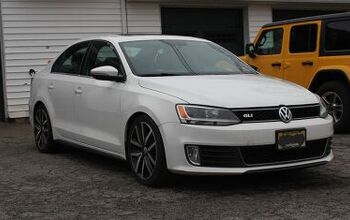
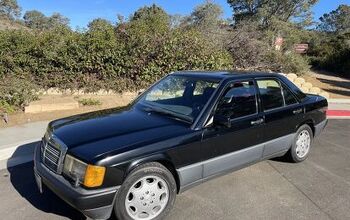
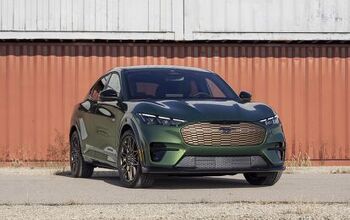
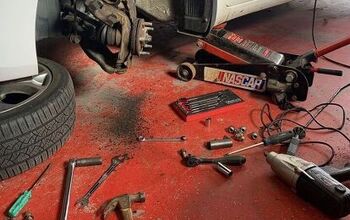
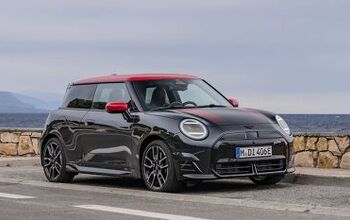
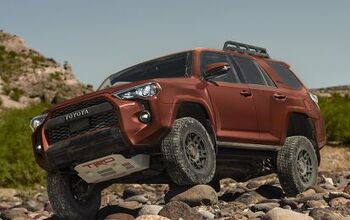

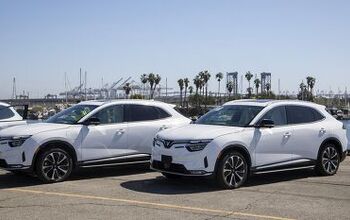
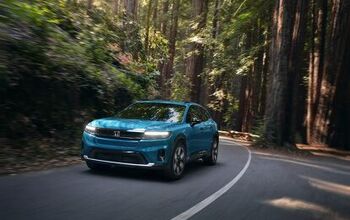
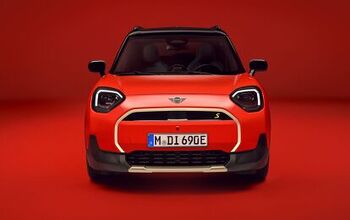
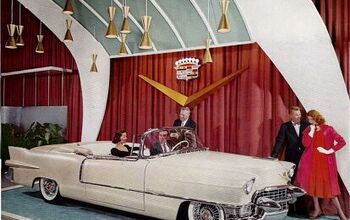
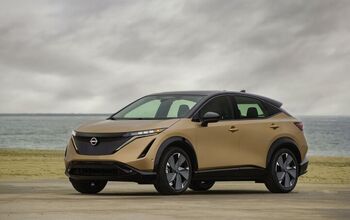


Comments
Join the conversation
Toyota should have fixed the Venza's problems rather than discontinue it. The Venza was a solid idea, it was just poorly executed. Giving up and leaving that segment to the Edge and Murano was a quitter's move. The Crosstour ... well, Honda was wise to give that thing the ax. Although just like Toyota, the failure was the result of poor execution. (Really, REALLY poor.) The Passport or whatever is filling the gap between the CR-V and Pilot can't get here soon enough.
If we are talking true body-on-frame SUVs, I found it interesting to note that Toyota makes 5 of the last 15 models available today - or 33%. All the ny times liberal editiorial columnists would be shocked to note that their poster boy for reliability and efficiency is now leading in fuel swilling excess.